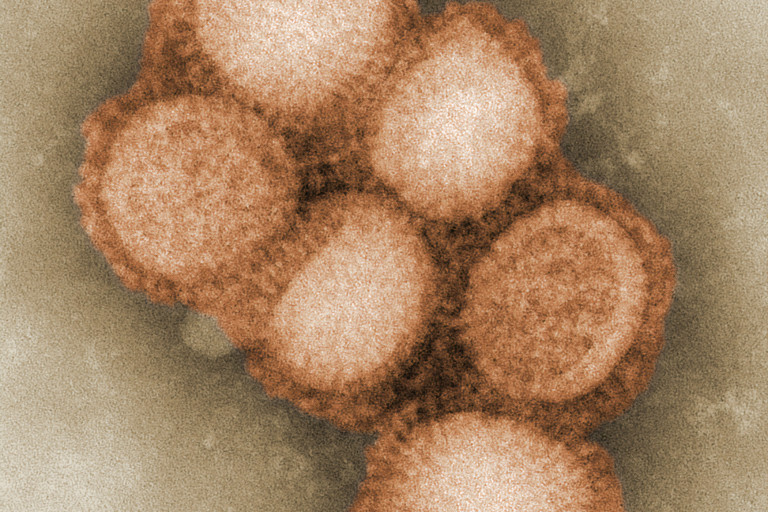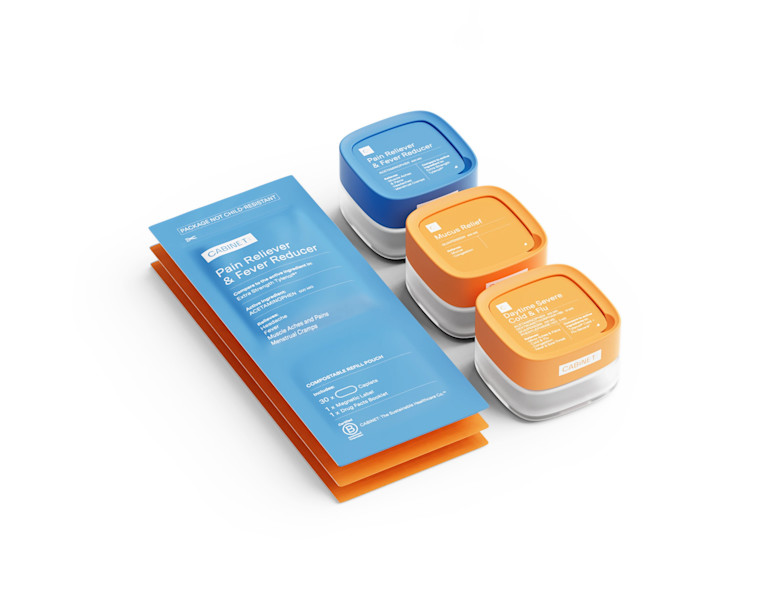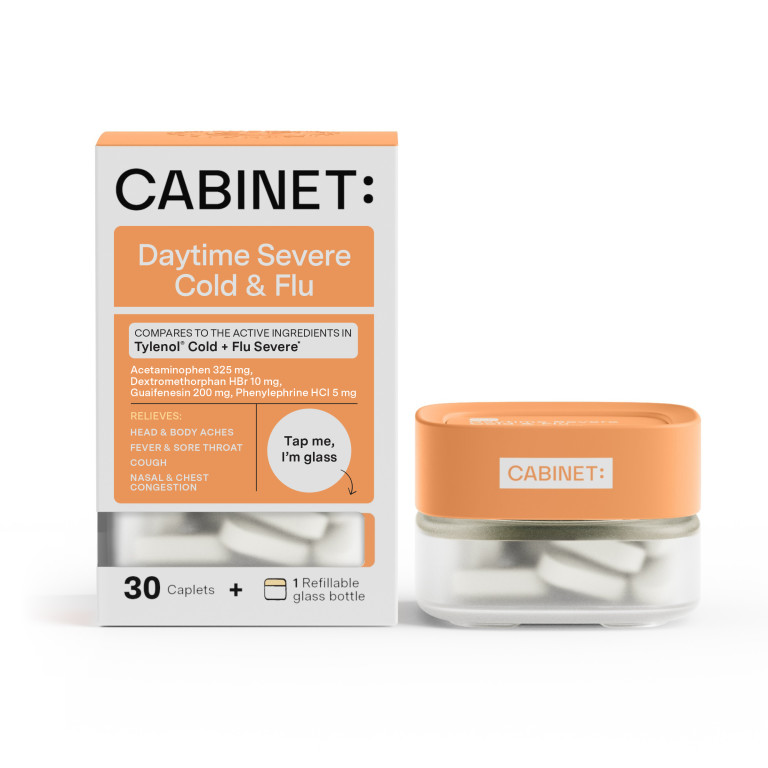How are the flu and COVID-19 spread?
How they’re similar:
Both the flu and COVID-19 are spread from person-to-person, generally within a 6 foot range.
When an infected person coughs, sneezes, talks, or even exhales, respiratory droplets (or aerosols) carry the virus into the air. Someone nearby can contract the virus when these droplets:3
Get inhaled into the lungs. Note: Aerosols can remain suspended in the air and travel further than 6 feet in crowded and/or poorly ventilated indoor settings.
Come into direct contact with their eyes, nose, or mouth.
People can also become infected by touching contaminated surfaces and then proceeding to touch their eyes, nose or mouth.
How they’re different:
While both viruses may spread in similar ways, CDC surveillance4 suggests that the COVID-19 virus is more contagious than flu viruses are.
What are the signs and symptoms?
COVID-19 and the flu have very similar symptoms. Symptom severity for both viruses can range from no symptoms (asymptomatic) to severe illness. Common symptoms include:
Fever and chills
Shortness of breath or difficulty breathing
Tiredness or feeling weak
Cough
Sore throat
Runny or stuffy nose, congestion
Muscle pain or body aches, headache
Vomiting and diarrhea
Change in or loss of taste or small (more common with COVID-19)
How long does it take for symptoms to develop?
How they’re similar:
After exposure, it takes time for both COVID-19 and flu viruses to infect and replicate before an infected person experiences symptoms. This is called the incubation period.
How they’re different:
A person may experience flu symptoms 1 to 4 days after infection.
A person may experience COVID-19 symptoms 2 to 14 days after infection. It make take longer to experience symptoms from COVID-19 than the flu.
How long is someone contagious for?
How they’re similar:
After exposure, it’s possible to spread both the COVID-19 and flu viruses to others before experiencing symptoms.
How they’re different:
Most people infected with the flu are contagious for about 1 day before they experience symptoms. Older children and adults may be most contagious during the initial 3-44 days of infection, but remain contagious for about 7 days. Infants and those with weakened immune systems can be contagious for longer.
Researchers are still investigating how long someone remains contagious after being infected with the COVID-19 virus. Here are some observations from the CDC:4
People infected with the virus are contagious for about 2 days before they experience symptoms.
People can remain contagious for at least 10 days after initial symptoms present.
People who are asymptomatic, or people who’s symptoms went away, can still be contagious for at least 10 days after testing positive.
People who are hospitalized with severe illness as well as people with weakened immune systems can be contagious for 20 days or longer.
What are the complications?
How they’re similar:
Both the flu and COVID-19 can lead to serious complications, including:
Pneumonia
Acute respiratory distress syndrome
Sepsis,5 a life-threatening, extreme response to an infection
Organ failure
Heart attacks
Worsening of chronic medical conditions
Heart, brain, or tissue inflammation
Secondary bacterial or fungal infections
How they’re different:
It’s not too common, but some people who get the flu may experience severe illness, requiring hospitalization. In terms of complications, secondary bacterial infections are more common with the flu than with COVID-19.
In addition to the complications shown above, COVID-19 may also cause:
Blood clots in the blood vessels, particularly in the heart and lungs
Multi-system Inflammatory Syndrome in Children (MIS-C)6
and in Adults (MIS-A)7
Long COVID*
*Some people may also experience post-COVID conditions (or long COVID). Long COVID8 is a range of new, returning, or ongoing symptoms that people can experience weeks to months after first being infected with the virus. Long COVID can affect anyone who has been infected with the virus, including those who had mild or no symptoms.
Who is at higher risk?
How they’re similar:
People at higher risk for complications from both the flu and COVID-19 include:
Older adults
People with underlying medical conditions (i.e. cancer, chronic lung disease, diabetes, immunocompromised states, etc.)
People who are pregnant
How they’re different:
Of the two viruses, COVID-19 appears to cause more serious illnesses in some. There have been reported cases of COVID-19 causing severe illness and death even in healthy people.
Is it possible to be infected with both the flu and COVID-19 at the same time?
While rare, it is possible9 to be infected with the flu and COVID-19 at the same time. Dubbed “Flurona,” the co-infection doesn’t necessarily mean a more severe infection, rather the severity of illness depends on the individual’s immune system.
You can get tested for both COVID-19 and flu with a single-swab test here.
What treatments are available?
How they’re similar:
Supportive medical care and treatments are recommended for those who have been hospitalized for COVID-19 or those at risk for serious complications.
How they’re different:
FDA-approved influenza antiviral drugs10 are available (with prescription) to treat flu.
As information and findings regarding COVID-19 change regularly, it’s recommended to check the National Institutes of Health (NIH)11 website for updates on treatment recommendations.
Currently, the FDA has only approved one drug, remdesivir12 (Veklury®) for the treatment of COVID-19.
What vaccines are available?
How they’re similar:
Vaccines are available for both flu and COVID-19. And yes, you can get both vaccines on the same day.
How they’re different:
There are multiple FDA-approved flu vaccines. These vaccines are produced annually to provide protection against the 4 flu viruses scientists believe are likely to be circling around that year.
The FDA has authorized three COVID-19 vaccines13 under an Emergency Use Authorization(EUA).14 These include:
Pfizer BioNTech (2 doses—21 days apart)
Moderna (2 doses—28 days apart)
Johnson & Johnson’s Janssen (1 dose)










